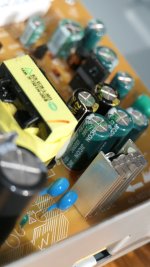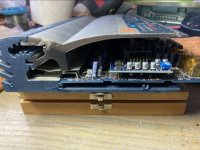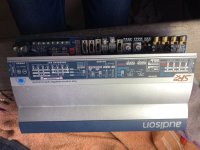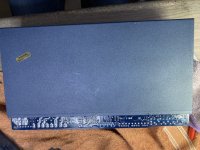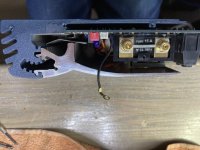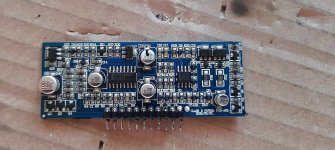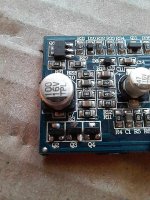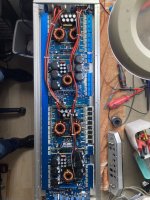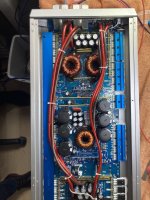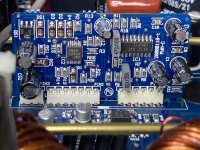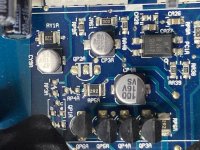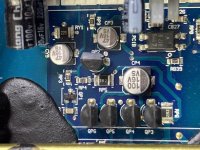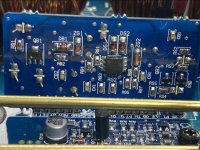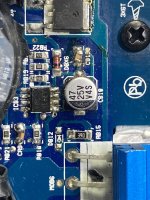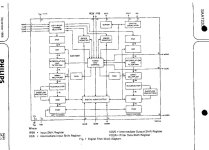JFET with matched JFET current sink for linearising
- By Booberg
- Electronic Design
- 35 Replies
I came up with this basic configuration while digging into ways of emulating triode like behaviour with depletion FETs. Maybe broaching this topic is like beating a dead horse and no one wants to hear about it at this point, but I found it a bit curious that I have never come across this method.
Bare bones scetch:

Simulation in Falstad (perhaps questionable in accuracy from what i know about falstads transistor simulations):

(Left plot is the input waveform and right plot is the output.)
To give a bit of context. What I am really after is nice saturation characteristics in amplification stages that can be affected by power sag. I read (I forget where) that one major drawback of resistive NFB, as a method for achieving triode like transfer characteristics, is that triode tubes display something roughly equivalent to nonlinear internal NFB. And people usually emulate this by the use of diodes. My hypothesis is that using a matched JFET as a current drain in this configuration can open up the possibility to really dial in the NFB and make the transfer characteristics as linnear and symmetrical as you would like.
This is in itself not very different from using the well known "solid state cascode" configuration, but I primarily found that this was way easier to get biased properly in simulation. As you can see I only used one drain resistor and "cathode bypass" with nice results. (To retain more asymmetry, a resistor can be placed in parallel with the bottom JFET). Aditionally, it should work as I intend by using matched (or dual) transistors, while I have read that cascodes often require "complementary" transistors to work properly (??).
Would love to hear what you all have to say about the general idea, possible drawbacks or complications etc. Have you seen it before? Does it have a name?
My next step will be to implement it in LTSpice to hopefully verify the performance with a bit more reliability, take more "proper" meassurements, and examine how it behaves under different loads.
PS. This is my first post after years of spying on many great conversations. I'm very impressed by this community's knowleadability and generally friendly demeanour. Please be kind if I break any rules or some such, it's just lack of knowledge 😀
Cheers!
Bare bones scetch:
Simulation in Falstad (perhaps questionable in accuracy from what i know about falstads transistor simulations):
(Left plot is the input waveform and right plot is the output.)
To give a bit of context. What I am really after is nice saturation characteristics in amplification stages that can be affected by power sag. I read (I forget where) that one major drawback of resistive NFB, as a method for achieving triode like transfer characteristics, is that triode tubes display something roughly equivalent to nonlinear internal NFB. And people usually emulate this by the use of diodes. My hypothesis is that using a matched JFET as a current drain in this configuration can open up the possibility to really dial in the NFB and make the transfer characteristics as linnear and symmetrical as you would like.
This is in itself not very different from using the well known "solid state cascode" configuration, but I primarily found that this was way easier to get biased properly in simulation. As you can see I only used one drain resistor and "cathode bypass" with nice results. (To retain more asymmetry, a resistor can be placed in parallel with the bottom JFET). Aditionally, it should work as I intend by using matched (or dual) transistors, while I have read that cascodes often require "complementary" transistors to work properly (??).
Would love to hear what you all have to say about the general idea, possible drawbacks or complications etc. Have you seen it before? Does it have a name?
My next step will be to implement it in LTSpice to hopefully verify the performance with a bit more reliability, take more "proper" meassurements, and examine how it behaves under different loads.
PS. This is my first post after years of spying on many great conversations. I'm very impressed by this community's knowleadability and generally friendly demeanour. Please be kind if I break any rules or some such, it's just lack of knowledge 😀
Cheers!
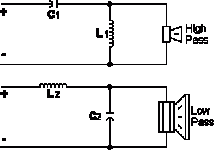
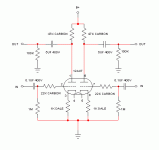
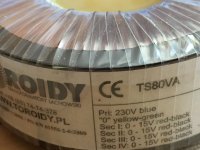
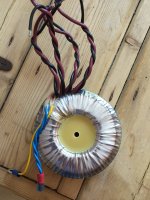
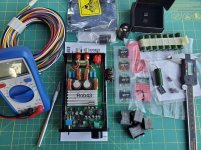
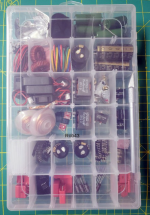
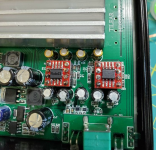
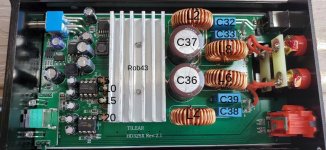
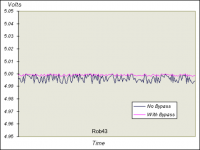

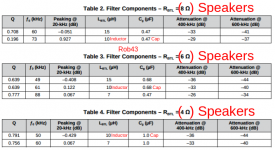
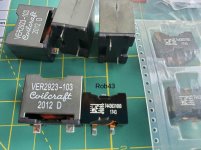
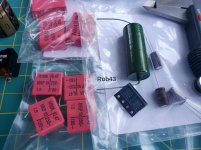
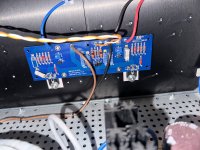
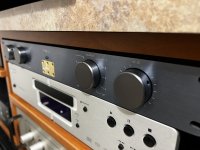
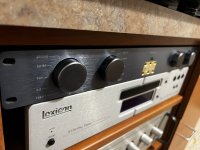
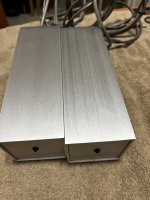

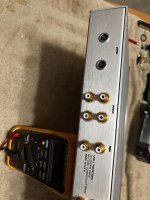
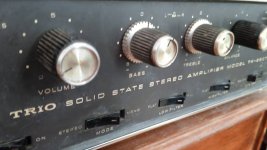
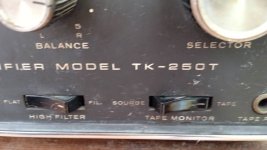
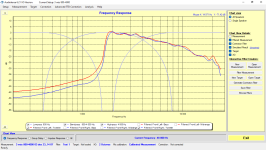
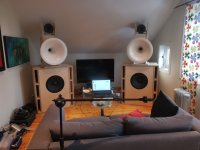
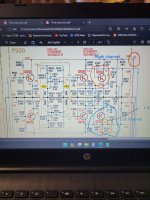

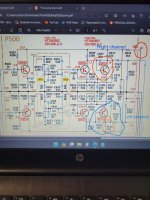








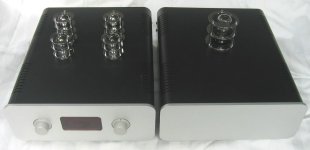
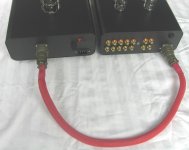
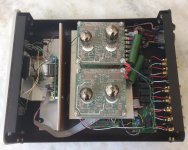
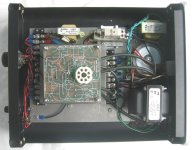
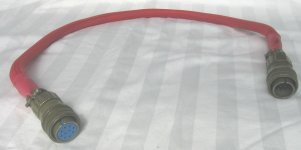
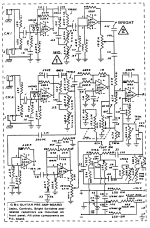
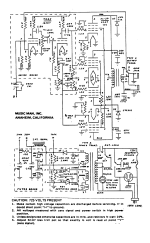
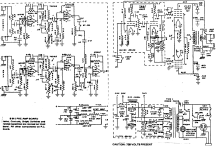
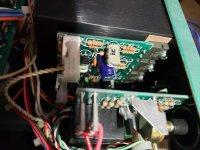
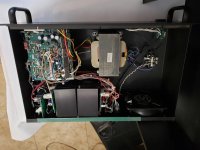
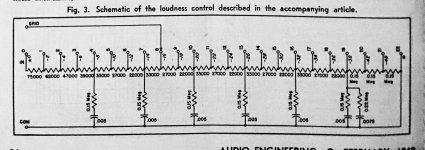
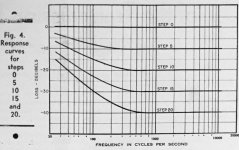
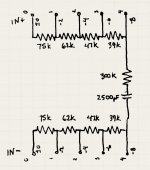


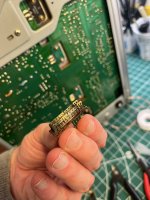
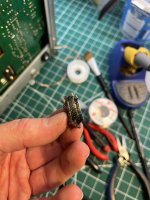
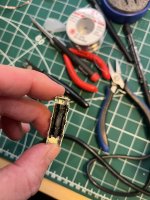
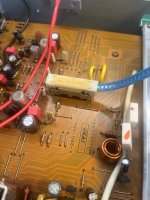

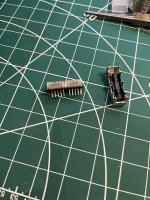
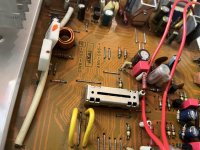

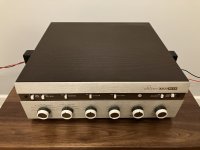
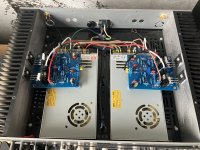
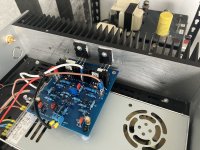

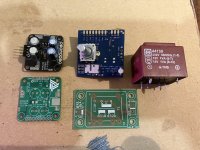



















![URL]]](/community/proxy.php?image=http%3A%2F%2F%5BURL%3D%27https%3A%2F%2Fi.ibb.co%2F9gYgnC2%2FIMG-0473.jpg%255b%2Fimg%27%5Dhttps%3A%2F%2Fi.ibb.co%2F9gYgnC2%2FIMG-0473.jpg%5B%2Fimg%5B%2FURL%5D%5D&hash=7e167281e769dfeffd21f04e72a6cafc)
